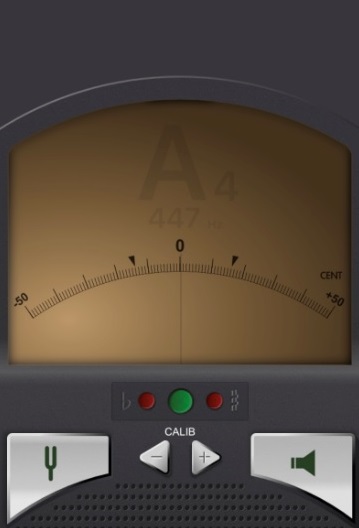Centering Vocal Pitch;
-Is not difficult and can be great fun!
by
Stuart Hunt
Beside accurate counting, looking ahead
to “pre-hear” rhythms and pitch (audiating), singing accurately
and in-tune is a primary skill for all vocalists. But is it
typically taught, or just caught?
Our instrumental colleagues have posters that read “Tune it or die!”, which, presumably refers to effort, not impending doom.
Think about it for a moment: when a vocalist (or section, or entire choir) is out of tune, how do you respond and correct? For the most part, the fault lies in one of two (or, hopefully not both) ways:
There are, of course, a number of other causes, but let’s focus on the cures for a moment by first mentioning:
The Seven Learning Styles (courtesy of learning-styles-online.com)
- Visual (spatial): You prefer using pictures, images, and spatial understanding.
- Aural (auditory-musical): You prefer using sound and music.
- Verbal (linguistic): You prefer using words, both in speech and writing.
- Physical (kinesthetic): You prefer using your body, hands and sense of touch.
- Logical (mathematical): You prefer using logic, reasoning and systems.
- Social (interpersonal): You prefer to learn in groups or with other people.
- Solitary (intrapersonal): You prefer to work alone and use self-study.
Actually, corporate (choral) singing incorporates ALL of the above (save perhaps solitary). We touch on these methods throughout every rehearsal which is the joy of learning and expressing great art together. But, at times, we must just STOP and fix things. The conductor must determine the cause, then craft a solution that, hopefully, solves the challenge both at the moment and gives singers the tools to both recognize and correct missed pitches themselves (preferably before they sing them). It becomes both method and habit. The mantra is:
“Practice does not make perfect: it makes permanent. Only perfect practice makes perfect”
We can practice the wrong things. Learning is much easier than re-learning.
Trick for Pitch Centering

Here is something I have discovered and used for years. It is always a joy to watch how singers interact with this technology after instruction on Appoggio, or, diaphragmatic vs. laryngeal singing and control of pitch. (I know…I’m setting many of us up for a contestable discussion, so
I’ll just keep to the main subject). Here’s a picture of a digital tuner.
There are many such devices for free or inexpensive downloads. I like this one because singers get real-time feedback in two ways:
These LED’s work together with the needle to give a vocal real-time feedback. What a singer sees before them is whether they are using laryngeal control of pitch (needle hard to control, RED lights constantly blinking) or, more stable, diaphragmatic pitch control which keeps the GREEN light on. I simply ask them to hold the pitch steady for 3 seconds….then 4, then longer once they connect with the diaphragm.
NEXT, after they gain more control over pitch stability, I ask them to move the needle slightly to the left (and tell them this is below the center of the pitch, or flat) then back to center and HOLD. Next, to the right (and tell them this is above the pitch center, or sharp), then back to center and HOLD. It usually takes only a few seconds for them to lose inhibitions, start to monitor and be aware (just trying fails…awareness cures!) what their diaphragm is doing in this challenge. It quickly becomes a challenge they are willing to accept.
This is exactly what happens when we ask a choir to “center the pitch”, or “sing on the high side of the center”….but that is a meaningless admonition unless they experience first-hand what we are asking.
In a group situation, what typically happens, is that I will ask for a volunteer. In middle school and high school choirs that can take a moment of patience, but someone will always take a challenge. I position myself a few feet in front of them and hold the tuner closer so the microphone can accurately measure their voice. For those shy, precious volunteers, what happens nearly every time is that their bravery is uncommonly rewarded: others gather ‘round to watch them “work” the digital tuner. Embarrassment dissolves because the total focus is on the tuner, not the singer. Others watch and when asked “would someone else like to experiment?”, nearly every hand is raised. This will go on for as long as you allow it. Students usually download their own tuner and experiment and become more accurate tuners themselves.
Doubtless, you have other ways worth sharing with colleagues. Consider writing them and being a part of this forum. It is always fun to discuss ways to improve the art.
You may contact me at:
